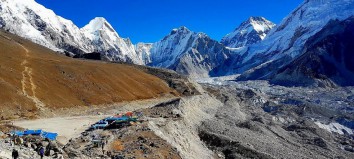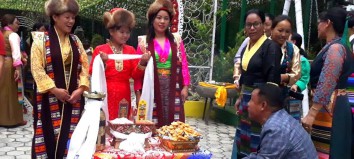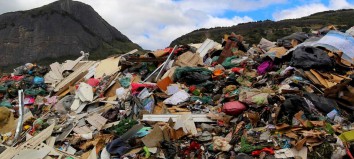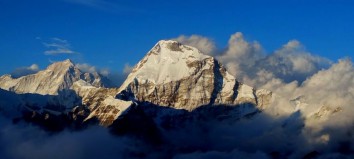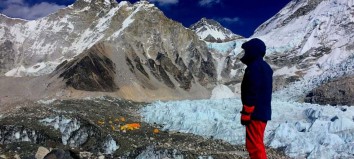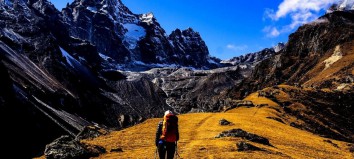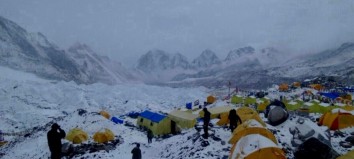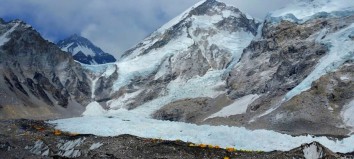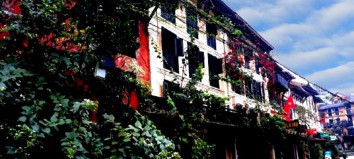Kalachakra Mandala
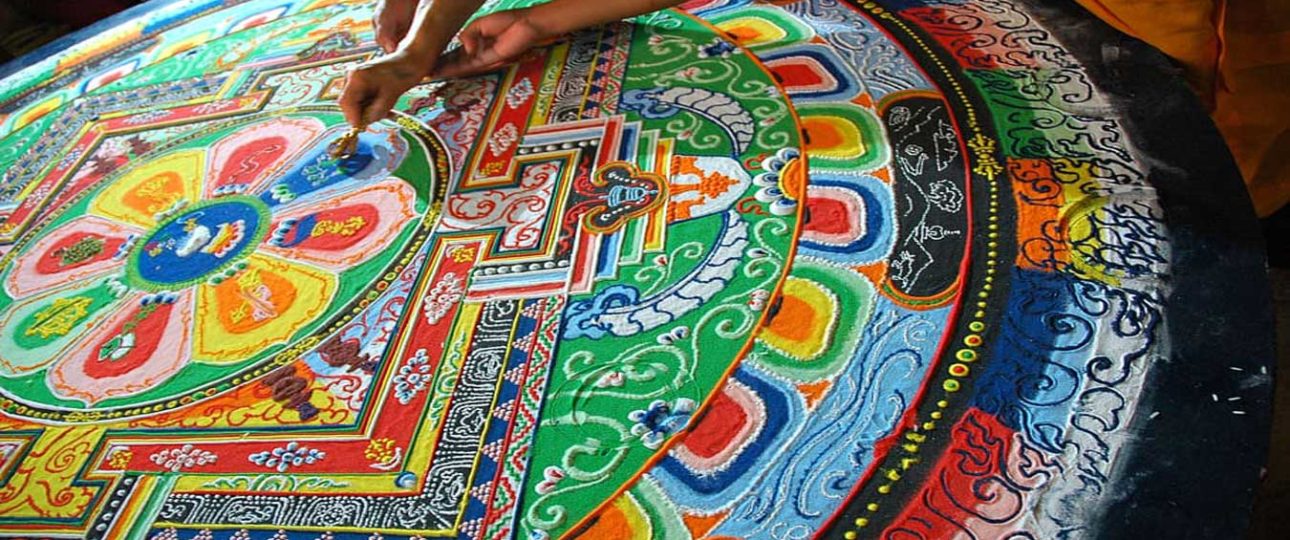
The kalachakra mandala, Tibetans worship this short-lived sand mandal as a sacred object. They believe that it has a healing effect on ordinary people and that it is a subconscious trigger for the initiation of the visualization power. Anyone who is considered willingly and believing will be reborn, according to the Tibetans during the Tibetan “New Age” of the time of fulfillment known as the golden age of Shambhala. The mere sight is enough to trigger a development impulse in the direction of enlightenment in the mental current in every sentient being.
Written sources explain that mandalas can be painted or made from granules of sand or samadhi [the fine stiffeners of the visually visualized imagination] or that they can be created from the visionary restructuring of the human nervous system. The first two are two-dimensional, the other two three-dimensional, imaginary designs of the surrounding space, which is the actual mandala. In the case of kalachakra there is a fifth type of mandala: the three-dimensional, architectural mandala made of wood, jewels, clay or other materials. It is said that the two-dimensional mandala has the power to strengthen the imagination of the viewer and to stimulate the confident creativity that the practicing believer needs to visualize the three-dimensional mandala.

When considering such mandalas, it is helpful to realize that they represent a contemplative practice of visualization. The practicing believer develops through concentration and practiced inner seeing the ability to look at himself in a complete environment in a palace of pure, sparkling jewels, surrounded by perfect companions and subscription free from disturbances and disabilities.
Of the four mean mandala types, the sand mandala is considered the most important one for initiation and blessing of the practicing believer. It enables him to enter the tantras stage. In Tibet, tantric monastery universities maintained the artistic tradition of laying sand mandalas. The key explanation of the deliberately cryptic but nevertheless exactly geometrical instructions for the design had to be handed down from generation to generation. Talented monk artists were trained in the increasingly subtle technique.
Even though the early development of the sand mandala is still largely unexplored, it is likely that the earliest forms were created in India. Tantric gurus may have drawn them on the floor with colored chalk as part of the initiation rite for their students. Sometimes it will just be a big sacred circle that you entered during the ritual. The shapes of the mandala per se need not have been very pronounced. Although in the ritual itself, each line was given mystical energy and deep meaning. The aim is to create a sacred space in which the creative imagination can assert its strength against matter.
In the world of the mandala, the guru is no longer an ordinary person, but an inseparable part of the Buddha paradigm, which is represented here by the pair of kalachakra vishvamata. When blindfolded initiates are brought there, you will be instructed to drop the conventional notion of the ordinary world and the ordinary itself and visualize yourself as Buddha kalachakra. The entire practice is extremely multifaceted and requires months of preparation and several days of implementation. Ideally, the student should back off after an extensive contemplation.
Great masters like the pandita Abhayakaragupta started in Indian tradition to produce miniature mandalas, which were of course too small to be entered, but which nevertheless offered the vivid design of a three-dimensional visualized mandala, in which the ritual in the performance could take place. This miniature mandala, which was not disturbed by a physical entry, could be reproduced in more detail and in a more sophisticated form. It is very likely that this type of grain of sand representation was put with your finger in India. Apparently, however, only in Tibet was a conical funnel with a narrow outlet used to draw particularly fine and flexible lines. With the help of this tool, extreme patience and speed, Tibetan artists laid amazingly complex and lively sand mandalas.

In the present mandala, a circle is shown in the central chamber, in which there is a vajra with an orange dot, which symbolizes the archetypal Buddhas kalachakra and vishvamata [time machine and mother of all Buddhas]. Around this circle are eight lotus petals, on which the dots stand for the eight female shakti deities that symbolize the compassionate energy of the enlightened heart. Small flowers and dots also refer to other deities in the mandala palace of the spirit, the first of the three concentric buildings in the mandala. This building can be recognized by the three-story arched gates, which are shown here in two dimensions and set out from the actual entrance of the building. Next, the Mandala palace connects to the outside world. On eight eight-leaf lotus flowers there are a total of 64 female deities of the language, eight per lotus flower. Each of these groups is arranged around a center, which in turn is occupied by a pair of deities with the female figure as the dominant partner. The third and outermost building is the Mandala palace body. It has twelve 28 petal lotus flowers on which the 360 deities of the days of the year dance. 28 female deities sit on each lotus flower and each move around a central pair of deities with the male figure as the dominant partner. These lotus flowers represent the twelve months. Beyond that is an outer ring of various elements on which 88 mantric sanskrit syllables are written. They refer to the 88 deities that symbolize various sacrificial deities with the planets, moon houses, zodiac signs and mystical pantheons that are found in many Asian countries outside the palace of language and the body in white galleries. The entire mandala comprises a divine community of 722 deities, all of which are emanations of the central archetypal Buddha couple.

The perfect kalachakra universe or Buddha land aims to create a breeding ground for an ideal symbolic environment. This should consist of the laser-like energies, which are composed of the five jewel colors of the transcendent wisdom. From them, the most comprehensive compassion can reach all sentient beings most effectively, to carefully point your life stories towards the developmental process of perfect enlightenment. As the name already indicates, it is a time machine, the Sanskrit chakra is extended in its meaning from “wheel” to “machine”. However, the machine should not be understood as a time travel vehicle. Rather, it is to be seen here in the special sense of an artistic opening through which all-embracing compassion converts time into a machine in order to bring about enlightenment for all sentient beings.
